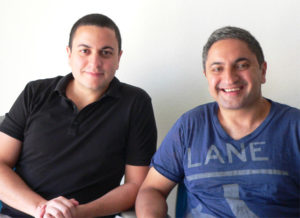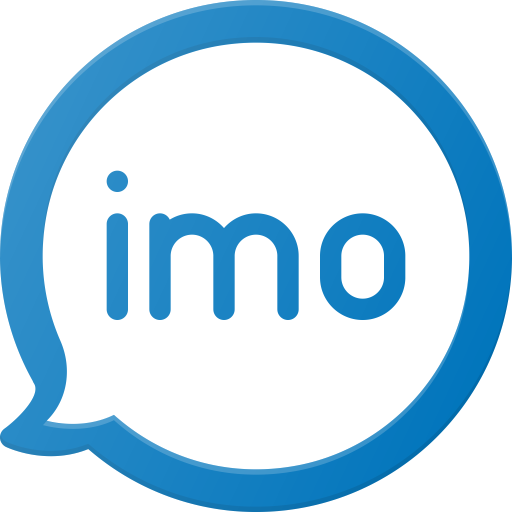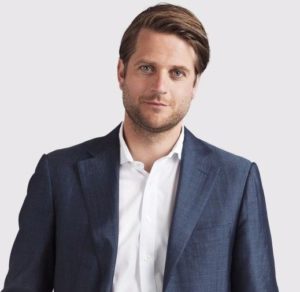imo : Communication App Making the People Connect with Eachother Better
Out of the twenty initial employees that Google hired, only six still work there. This includes its founding fathers Larry Page and Sergey Brin. So what happened to the others? Are they off making ripples in other technology-based companies? Well, some of them definitely are, and this time around, we are looking at one such pair- George and Ralph Harik, the founders of imo.
Certain early Google employees became entrepreneurs in their own right, while others turned into angel investors, and several others worked their way up the corporate ladder and became top executives at different companies. A few of them even retired happily. But George Harik had other plans in mind when he left Google. He and his brother Ralph co-founded the messaging application imo.
The Harik brothers were born in Beirut, Lebanon, but grew up in the commercial capital, Dubai. Both were naturally interested in technology, with Georges starting his programming journey on an Apple II when he was just ten years old. The family moved to the US, and both brothers got degrees in computer science, with Georges graduating from the University of Michigan with a PhD and Ralph being an MIT alumnus, and taking up jobs centred around the Silicon Valley.

In 1999, Georges Harik got a call from a friend working at Silicon Graphics informing him that a friend of his was founding a company. Since he had a job of his own at the time, the invitation didn’t sound all that promising. Or that was, until Larry Page, sent him an email regarding Google, and invited him over for dinner. That dinner changed Harik’s life, as it convinced him to join Google.
Georges was recruited into Google’s initial engineering committee as a software engineer and worked at Google from 1999 to 2005. Following this, he left the company and invested in several other tech-based companies. While at Google, Georges served as the Director of Product Management and worked on applications such as Gmail, Google Talk, and Picasa. He also worked as the manager of Googlettes and was involved with the development of AdSense and AdWords Online. Following his exit from Google, he was an advisor for GV, which is the venture capital arm of Alphabet. Then he moved into the field of angel investing and funded several tech-start-ups and also co-founded hslabs, before joining his brother to found imo.
Meanwhile, Ralph was working for Oracle. The fact that Georges worked with Android applications, while at Google, opened his eyes to the future implications of this sector. This served as inspiration for him to collaborate with his brother and found a new startup. A few years down the line, the brothers quit their respective jobs and together founded the instant messaging application imo in 2007.
imo started as a web-based app and has since branched out to mobile networks, helping bridge communication gaps that existed. Ralph’s education at MIT gave him enough technical knowledge to handle imo’s initial coding in the early days. When it came to revenue generation, on the other hand, Georges’ training at Google gave him in-depth knowledge regarding internet advertising. Ralph, who is the CEO, handles the day-to-day management of the company, while Georges is tasked with product design and studying new technologies.
Since its inception, imo has grown to cover over seven million users as the application allows users to connect to more than eleven different messaging networks across various platforms such as desktops, tablets and smartphones. Users can use the application to text via either voice or video chat with other individuals or groups. The application utilises cloud storage, and hence every message sent and received via the app is stored on a web-based cloud. This allows users to switch devices with ease, significantly increasing the application’s accessibility. imo has also launched voice calling options for iOS users, making it easier than ever before to call up a loved one. Ralph enlisted his big brother Georges’ help to found the messaging app because he felt that the communication industry needed some radical changes.
While imo started out with just five employees, it now has over 20 people working for it from Palo Alto. The company has grown from being an innovative idea that two brothers had, to a considerable company whose product has over 4 million downloads with more than 50 million messages being sent every day.

Being a cinephile with a love for all things outdoorsy, Athulya never misses a chance to chase inspiring stories or poke fun at things, even when the subject is herself. Currently pursuing a degree in mechanical engineering, she is someone innately interested in technical and scientific research. Music reviews and op-eds define her as they allow her to explore different perspectives. Though sometimes she thinks she makes more sense playing the guitar than she does while writing.











